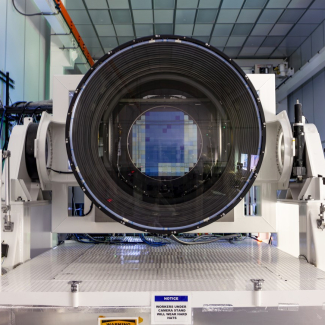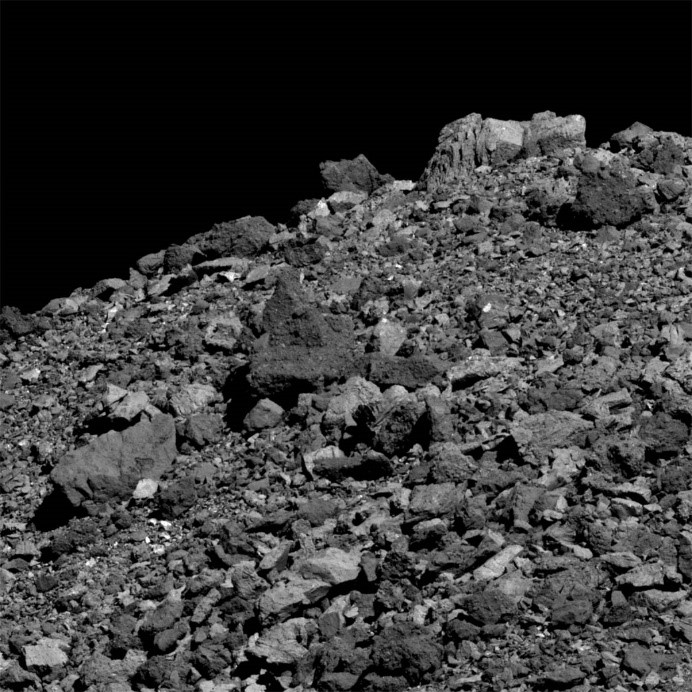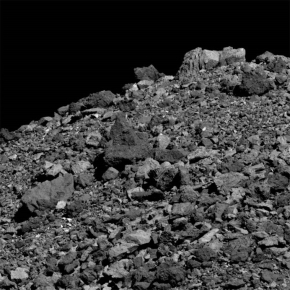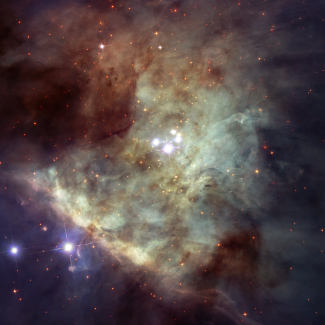
Why there is hardly any dust on some asteroids
There was a surprise in store for NASA's OSIRIS-REx spacecraft as it prepared to land on asteroid Bennu in October 2020 in order to collect samples. Contrary to what astronomers believed, the asteroid's surface was not covered with a layer of fine dust, called regolith. This dust, which blankets the Moon and some asteroids, is formed when thermal shock and meteorite impacts break up surface rocks. However, Bennu's surface was mostly made up of relatively large, bare rocks. Now, an international team led by researchers from the University of Arizona and the CNRS1
have succeeded in finding an answer to this puzzle. Using a machine learning method, they have shown that the absence of regolith can be explained by the porosity of Bennu's rocks. Unlike hard rocks, these porous rocks are deformed rather than fragmented when impacted by meteoroids. These findings were confirmed by observations by Japan's Hayabusa-2 spacecraft, which found very little regolith on the surface of the asteroid Ryugu. This work, published in Nature on October 6, 2021, provides us with a better understanding of the evolution of asteroids, which are thought to record the very earliest stages in the development of the Solar System. It will also help prepare for future space missions tasked with bringing samples back to Earth.

- 1(1) Marco Delbo and Chrysa Avdellidou, from the Lagrange laboratory (CNRS/Observatoire de la Côte d’Azur/Université Côte d’Azur), Prasanna Deshapriya and Antonella Barucci from the Laboratoire d'études spatiales et d'instrumentation en astrophysique (Observatoire de Paris – PSL/CNRS/Sorbonne Université/Université de Paris) contributed to this study, with financial support from CNES, the French spatial agency.
Fine-regolith production on asteroids controlled by rock porosity, S. Cambioni, M. Delbo, G. Poggiali, C. Avdellidou, A.J. Ryan, J.D.P. Deshapriya, E. Asphaug, R.-L. Ballouz, M.A. Barucci, C.A. Bennett, W.F. Bottke, J.R. Brucato, K.N. Burke, E. Cloutis, D.N. DellaGiustina, J.P. Emery, B. Rozitis, K.J. Walshand D.S. Lauretta. Nature, 6 october 2021. DOI : 10.1038/s41586-021-03816-5


